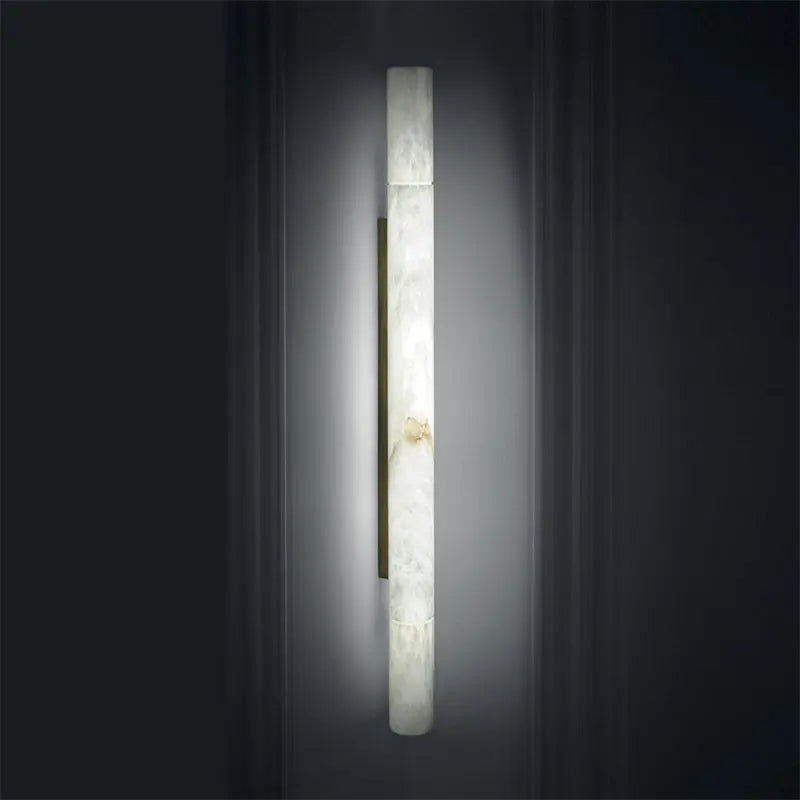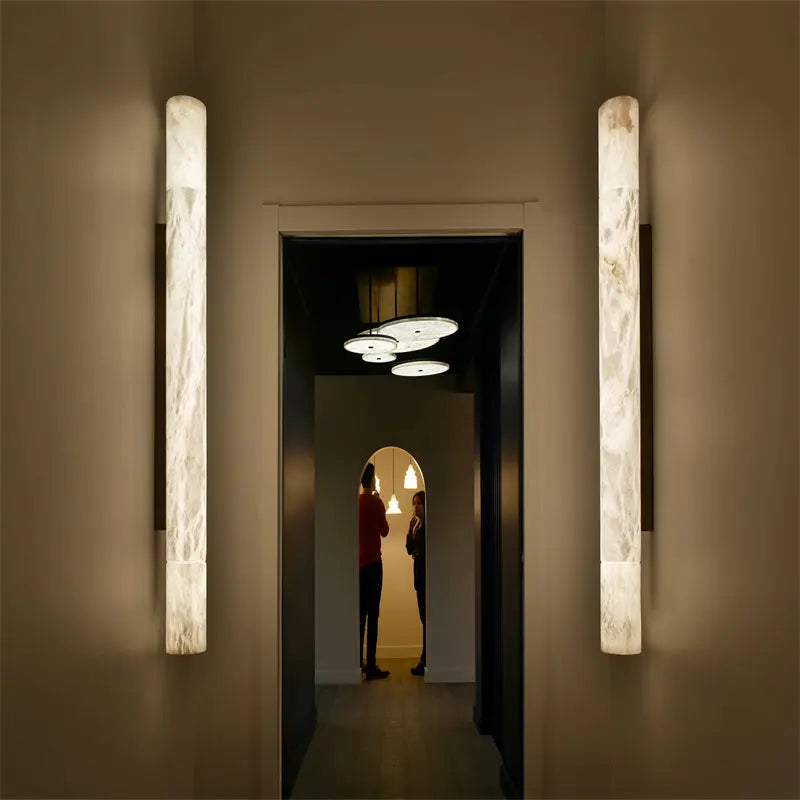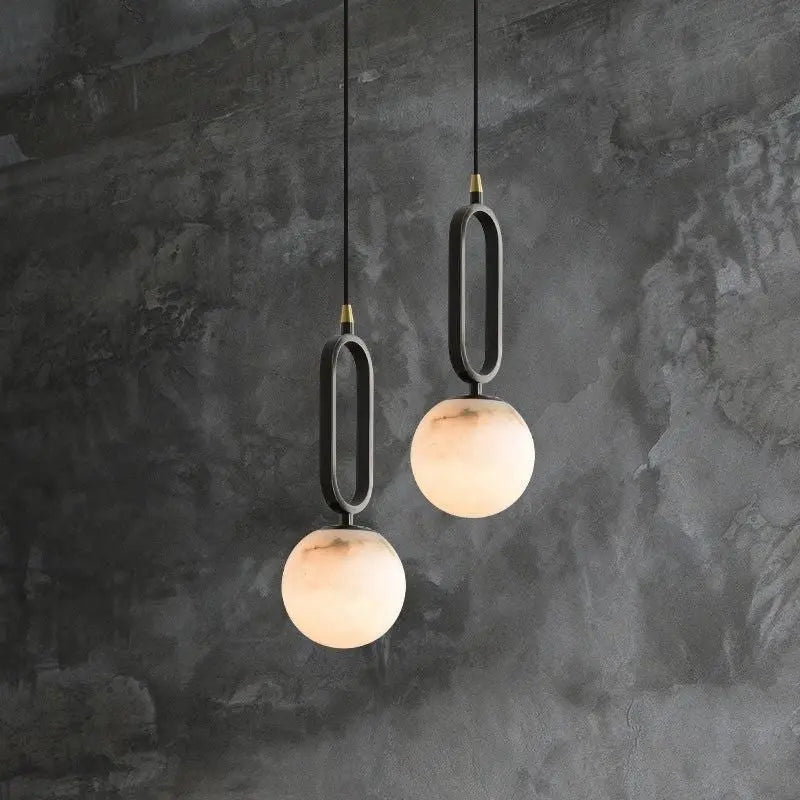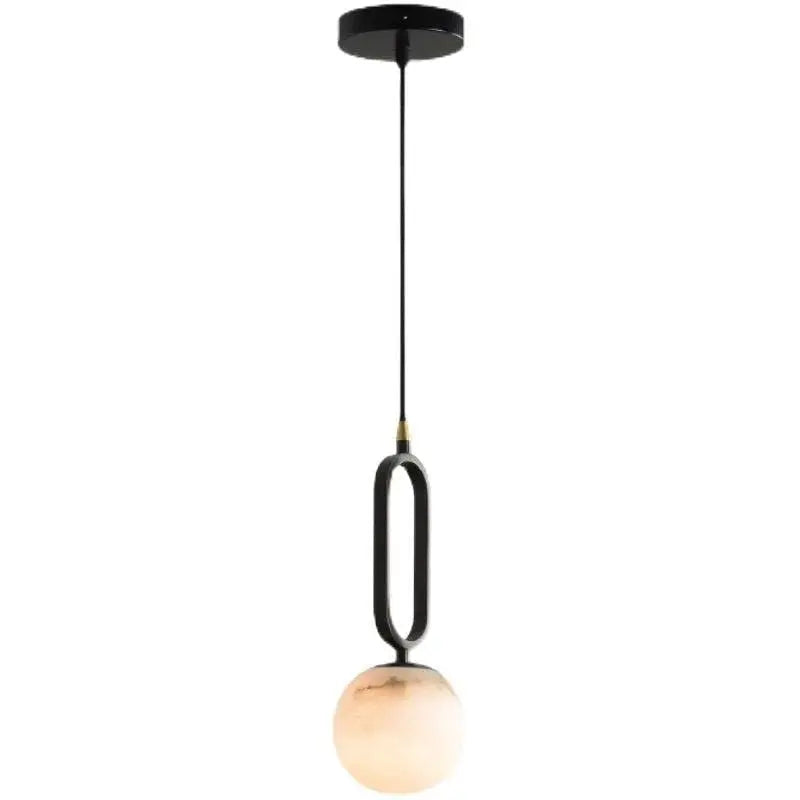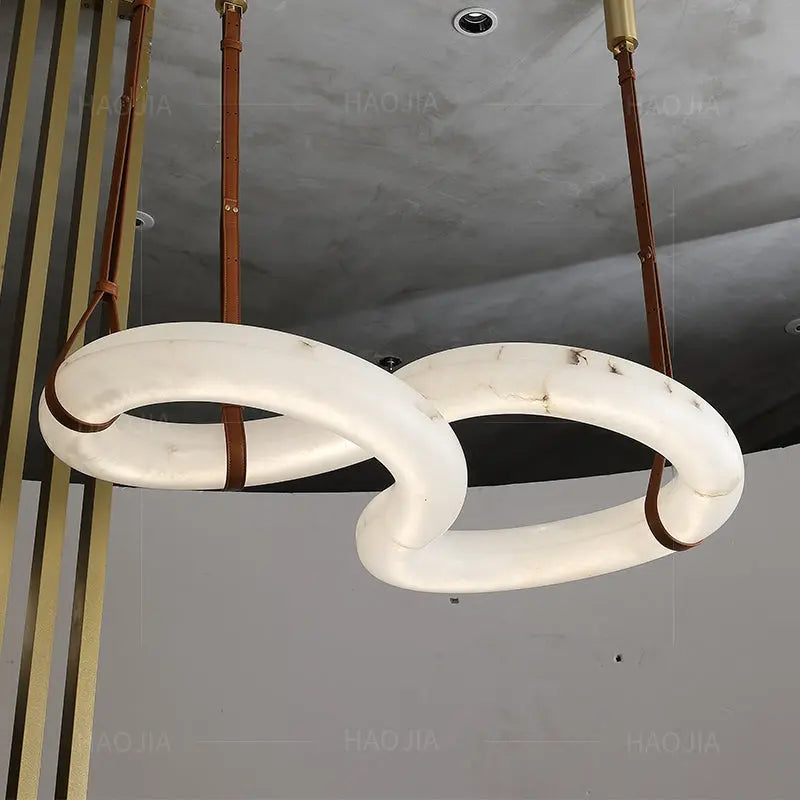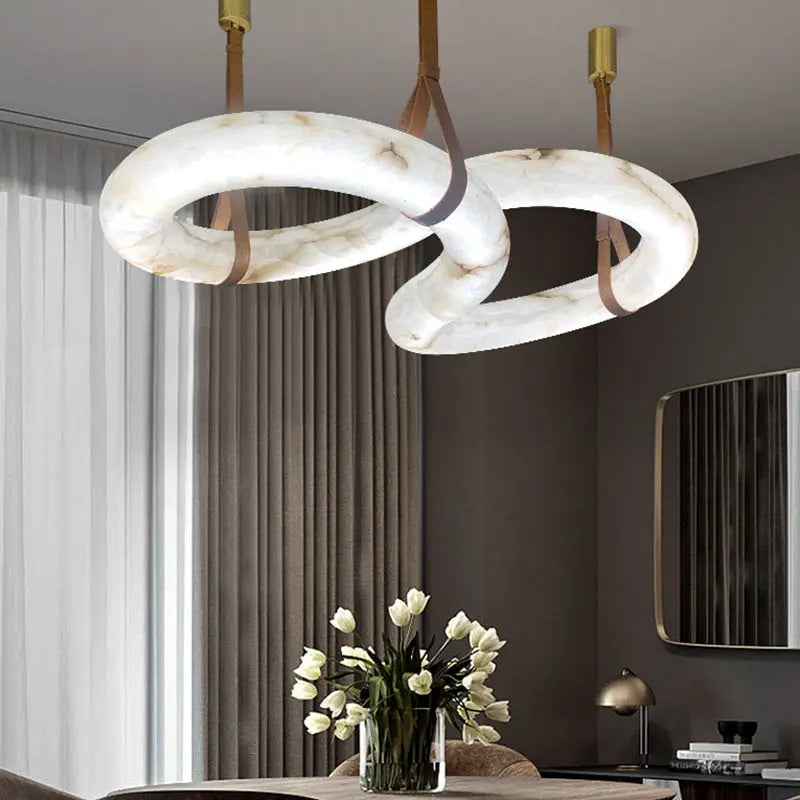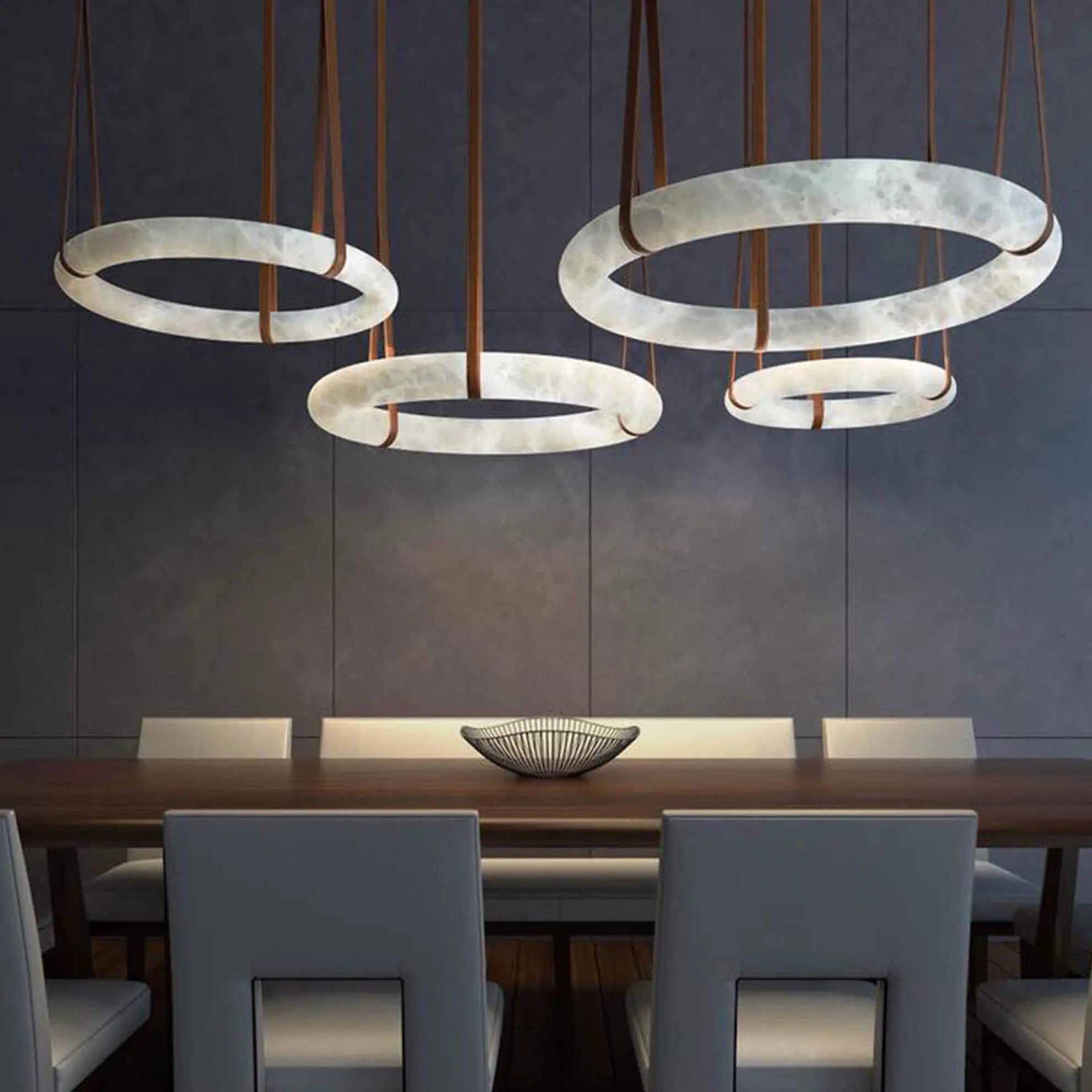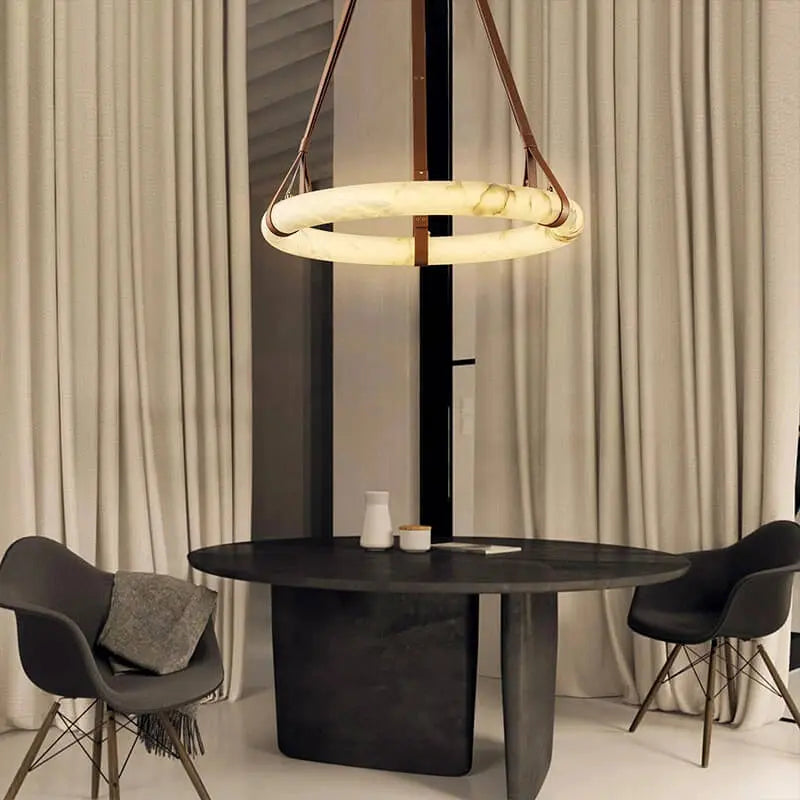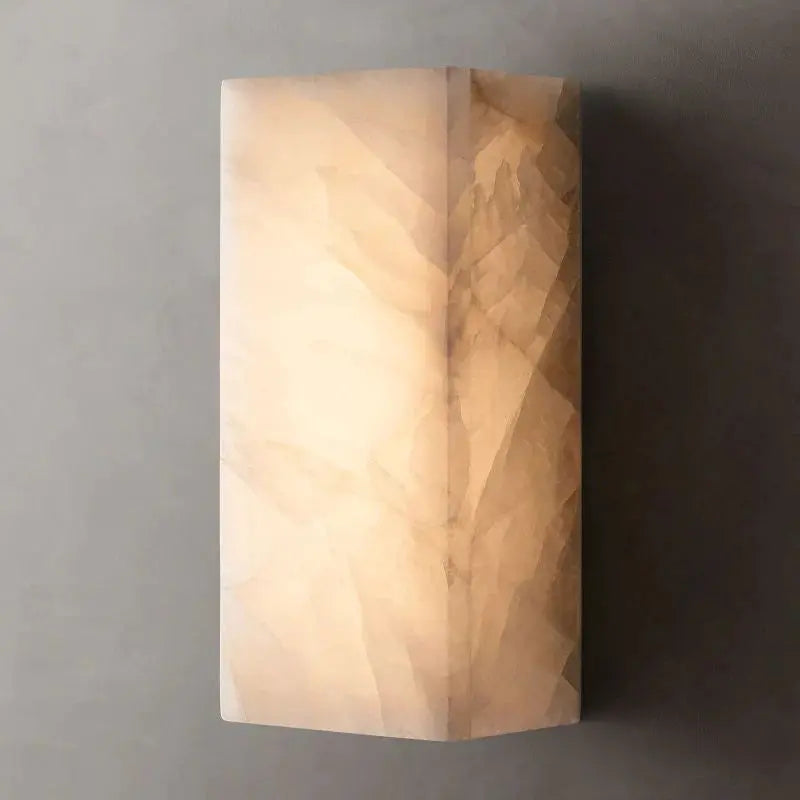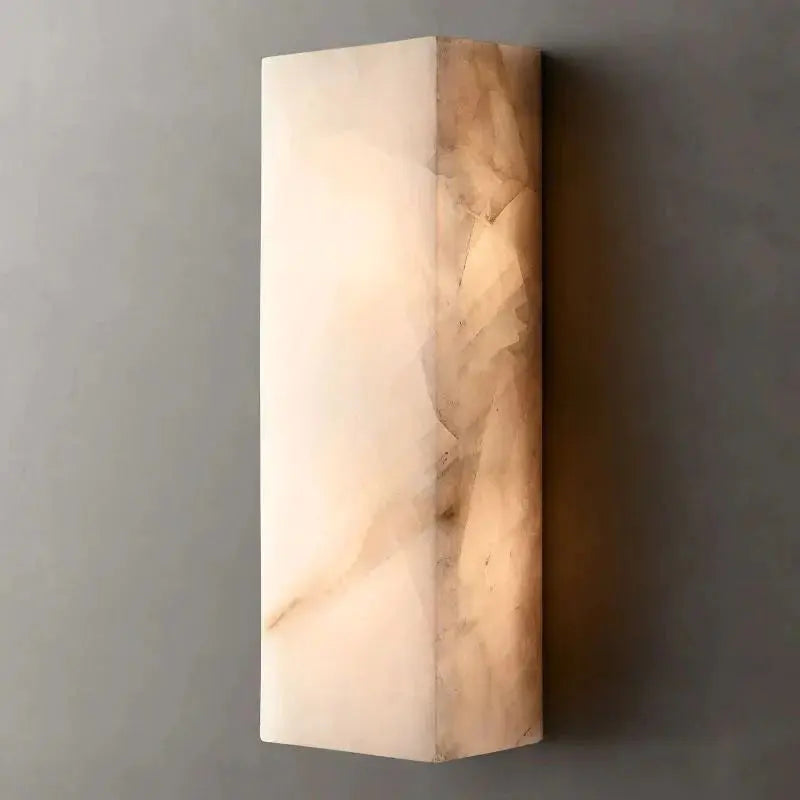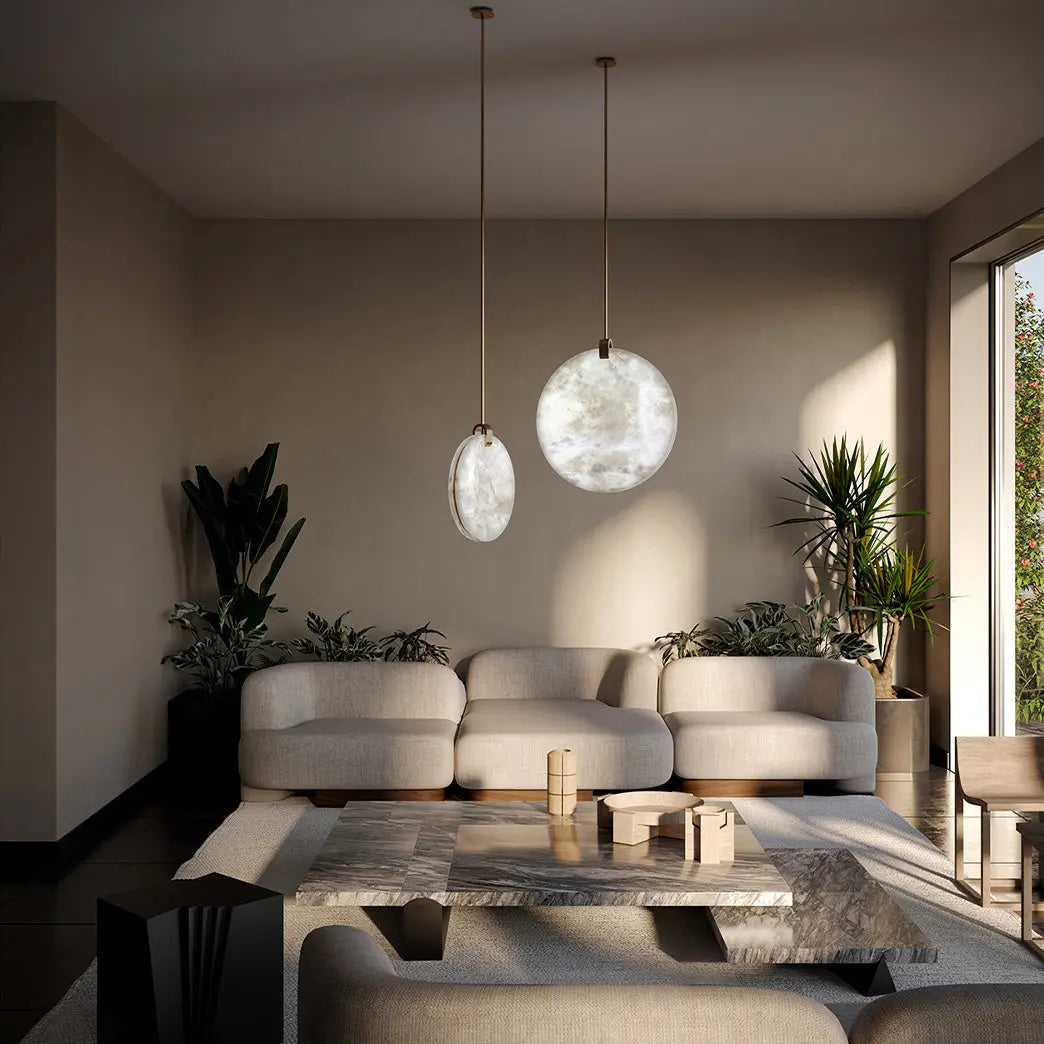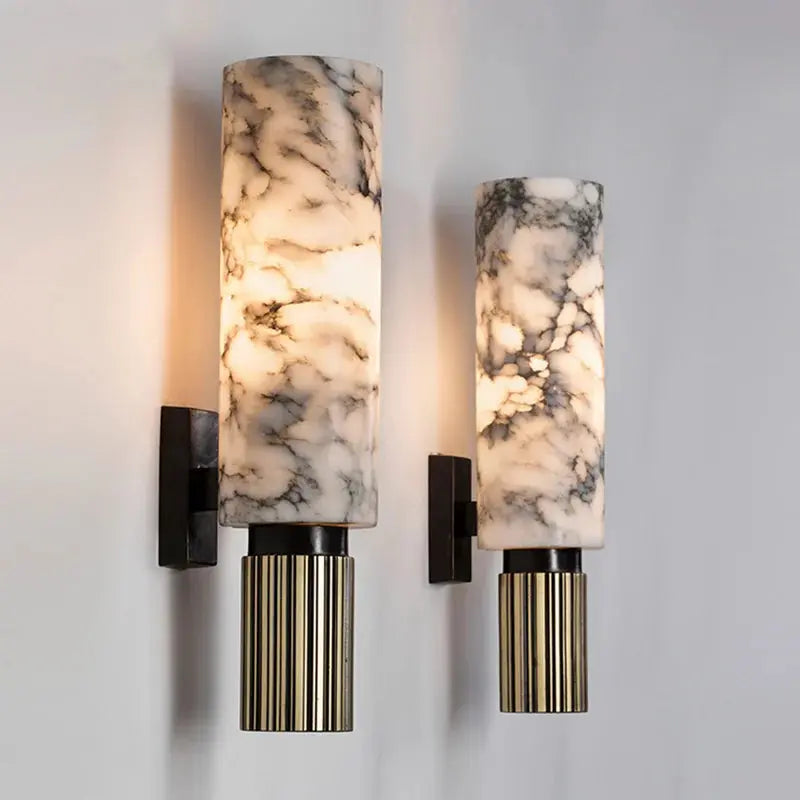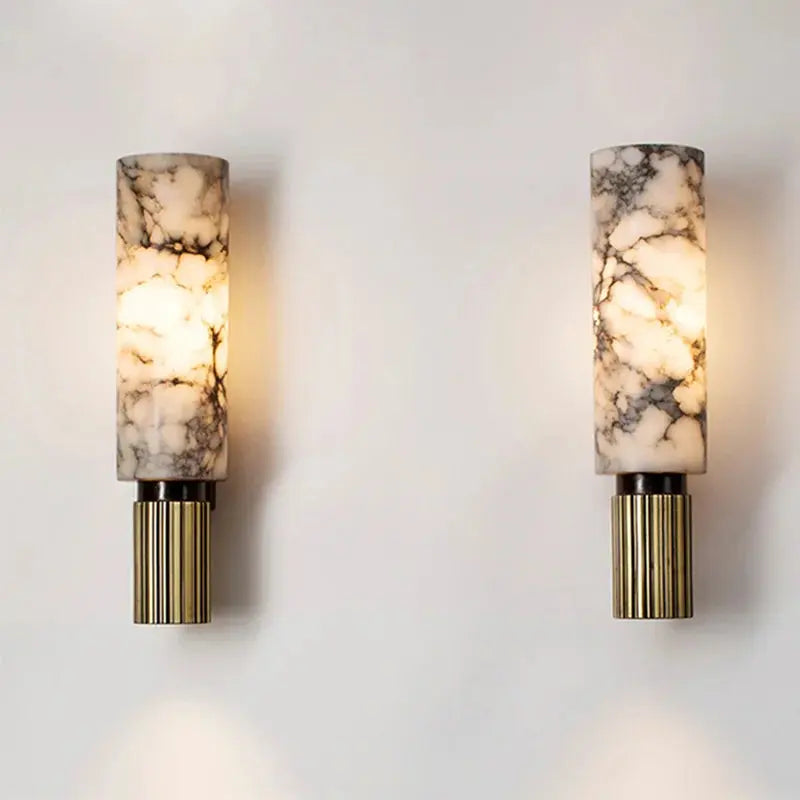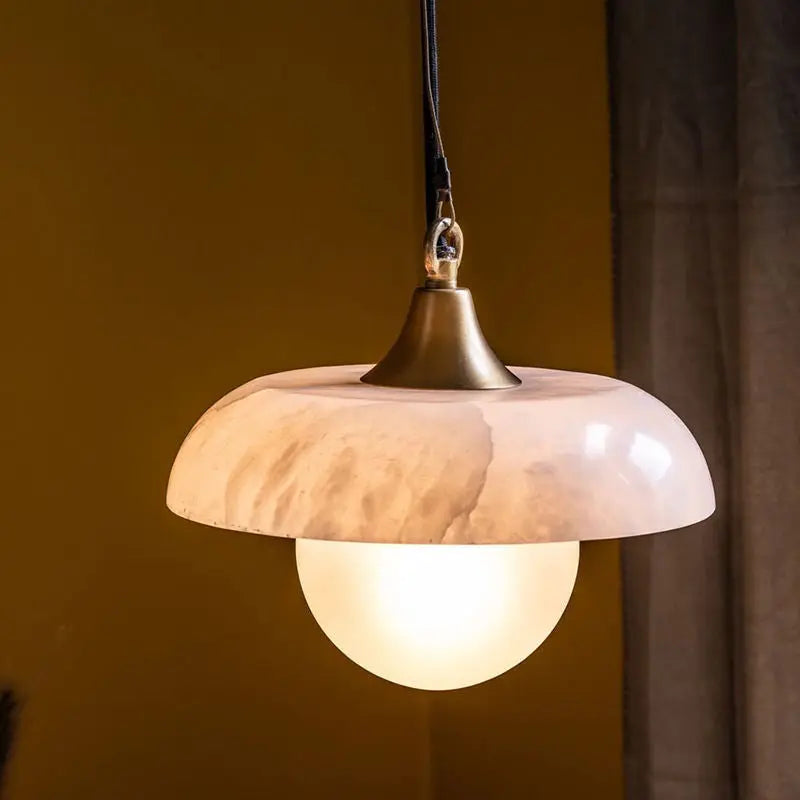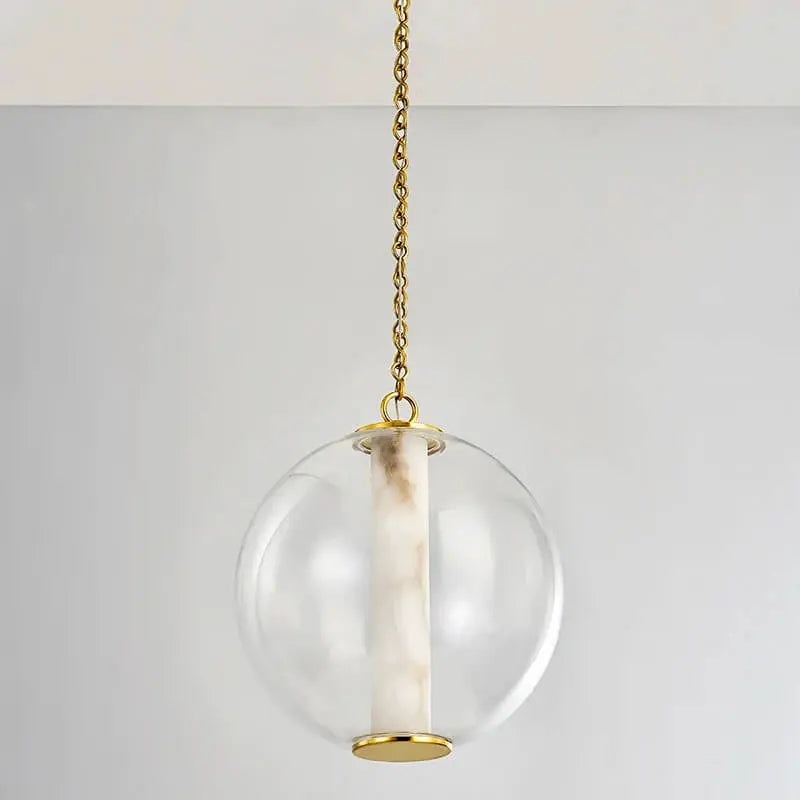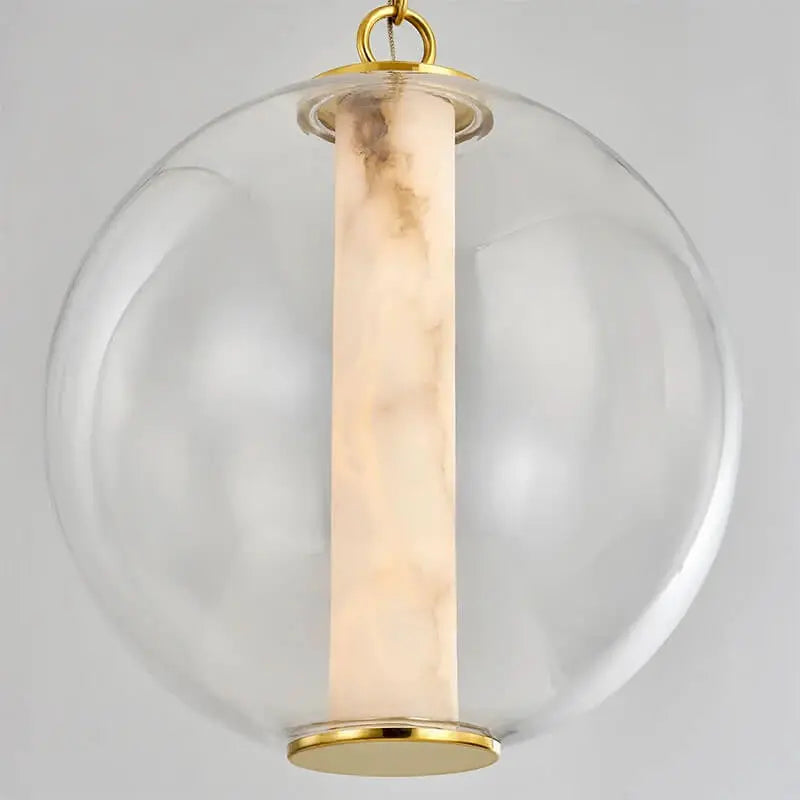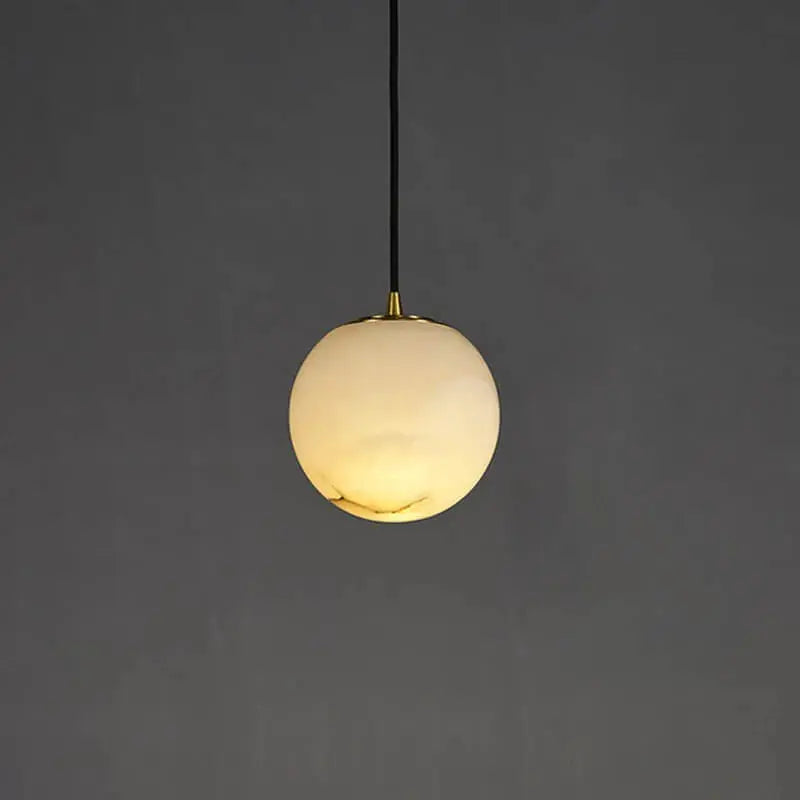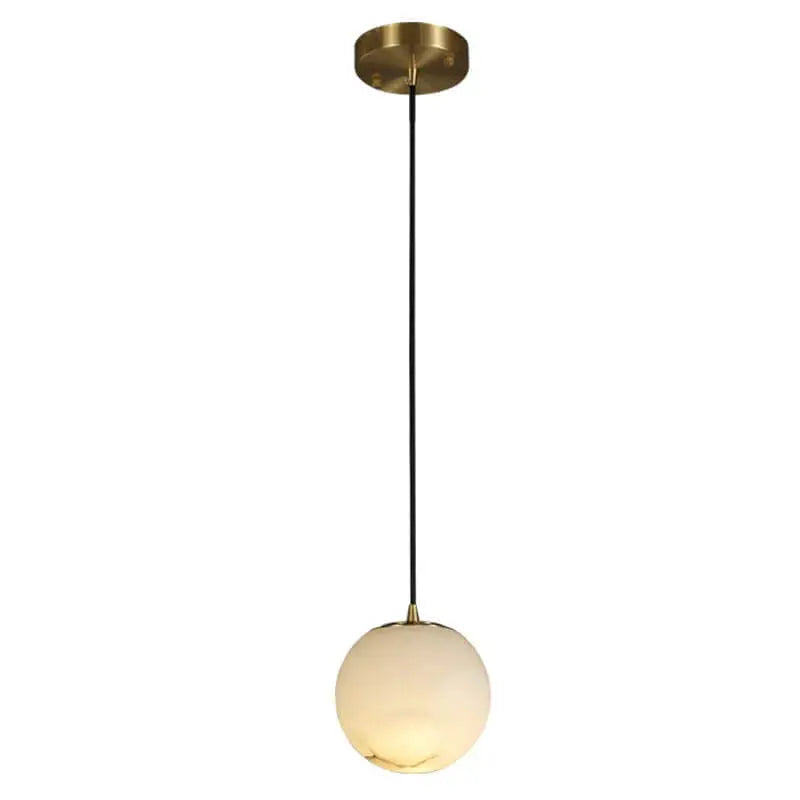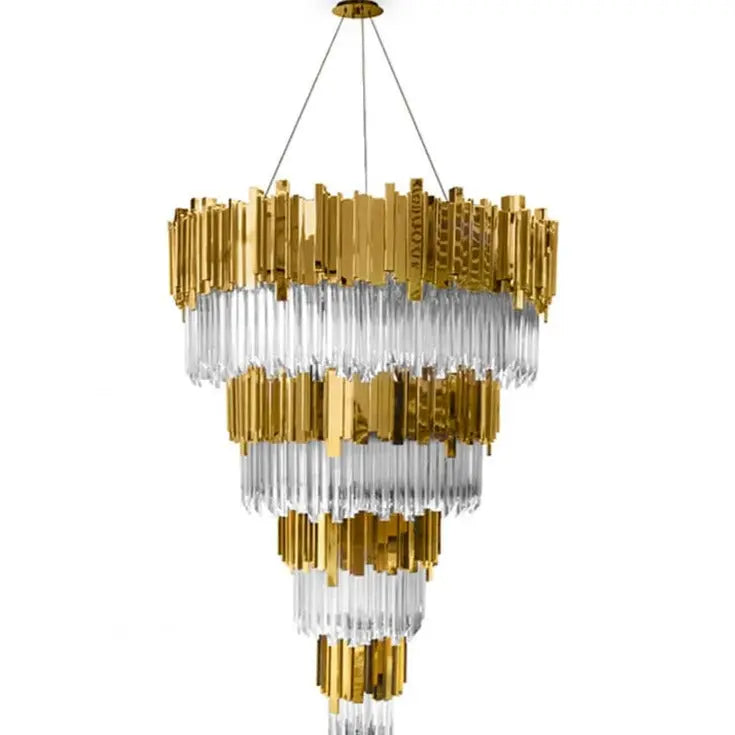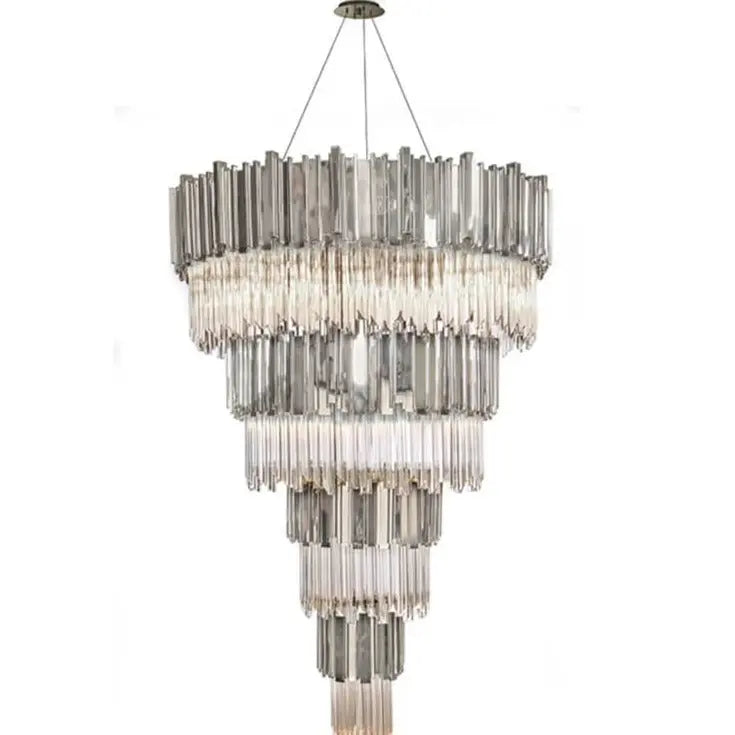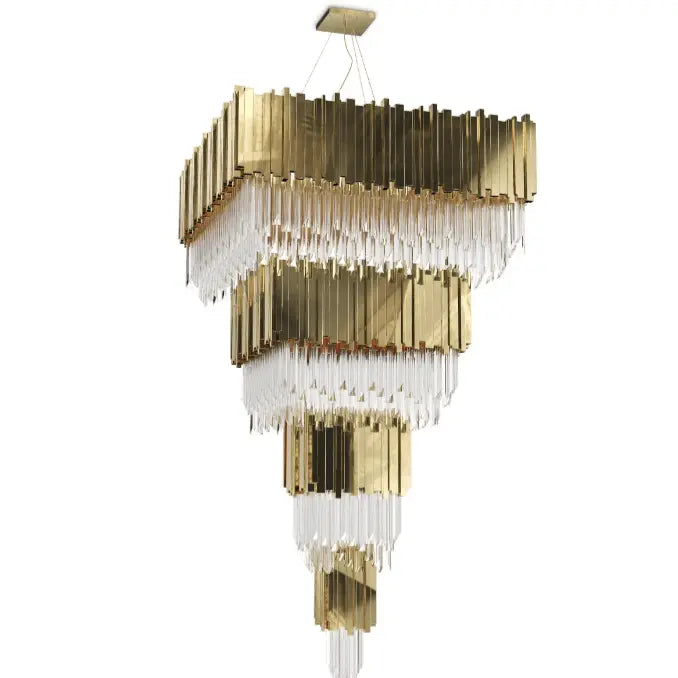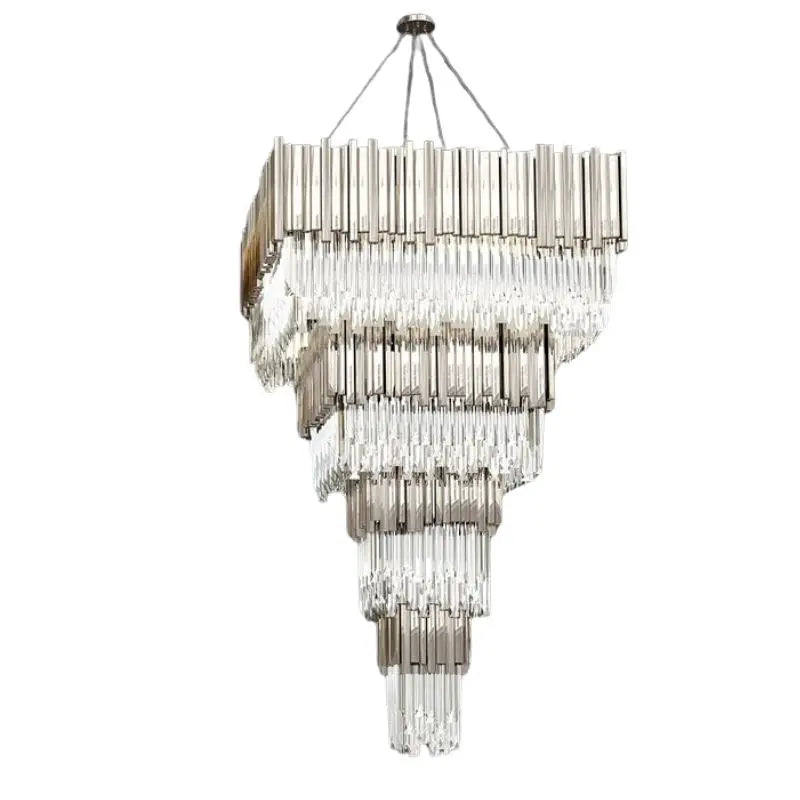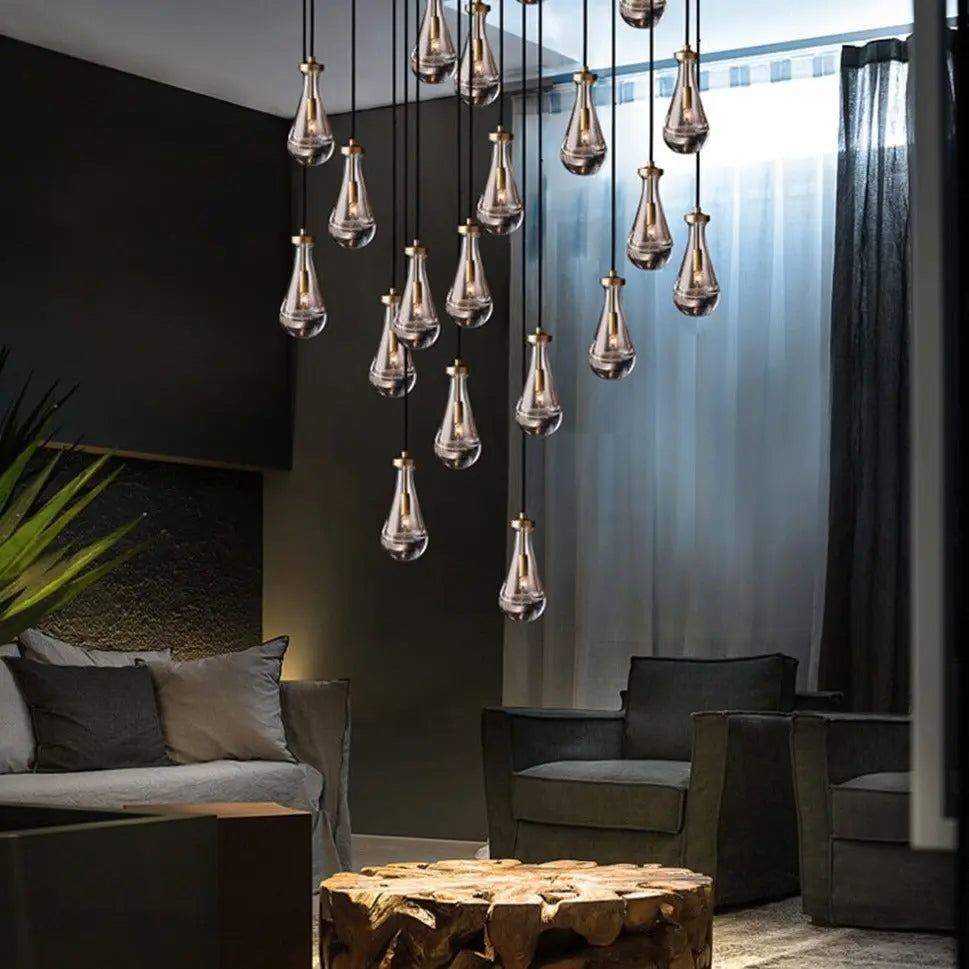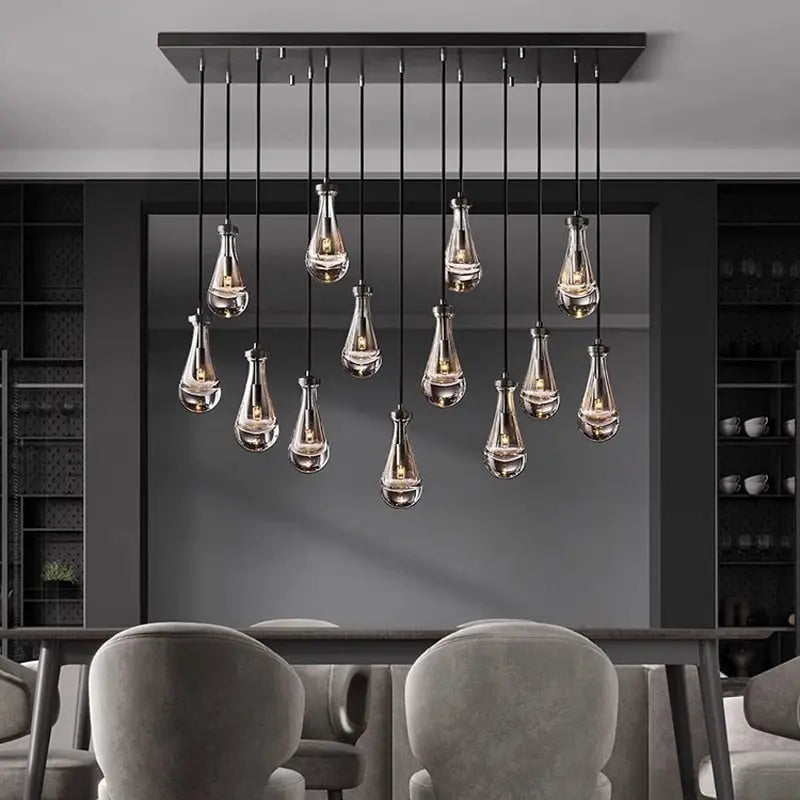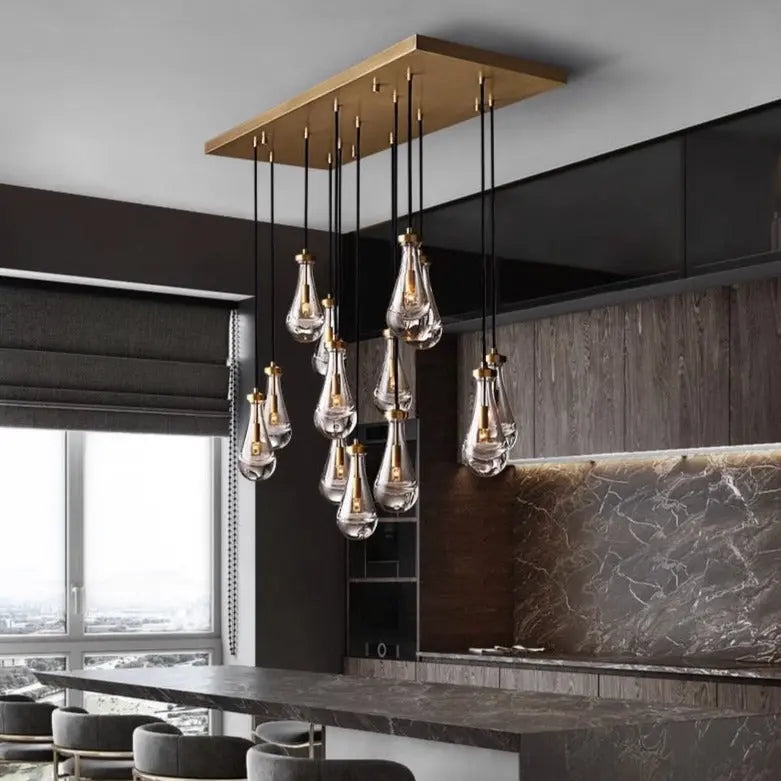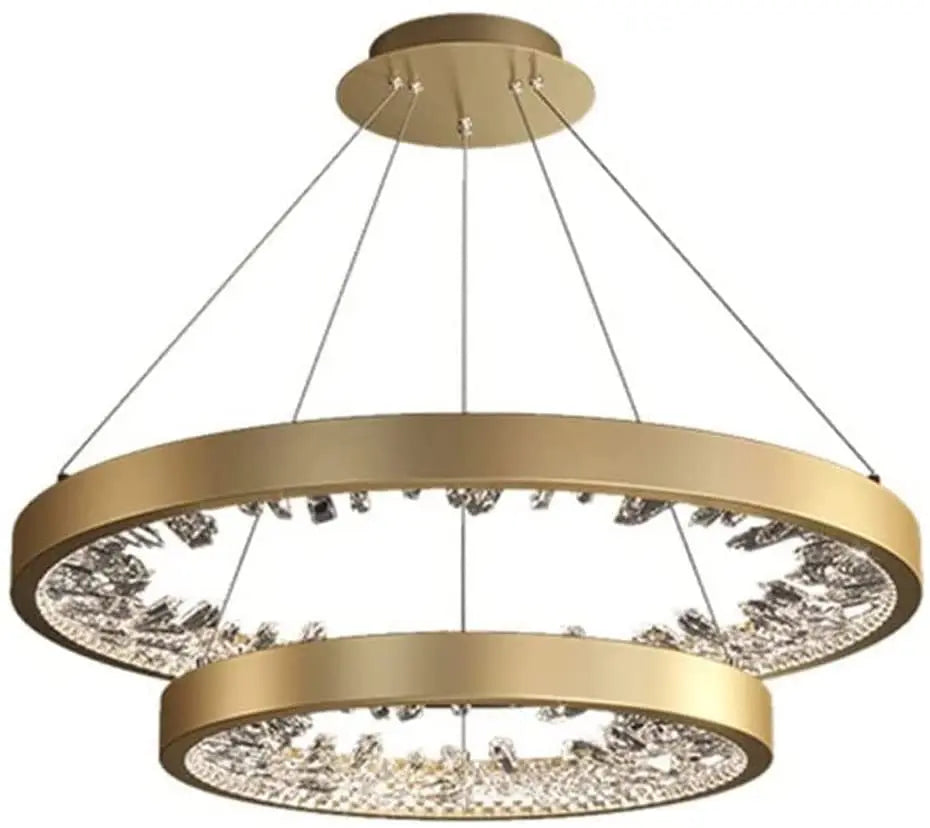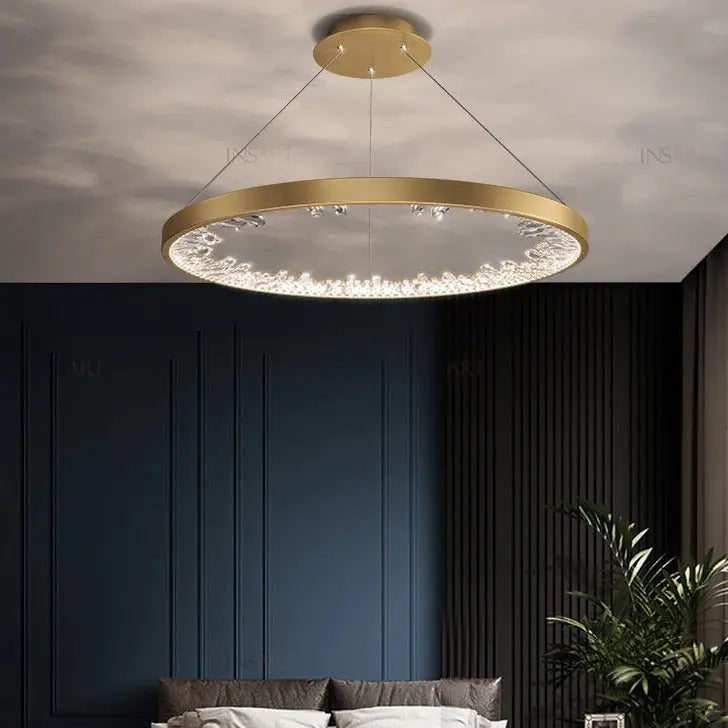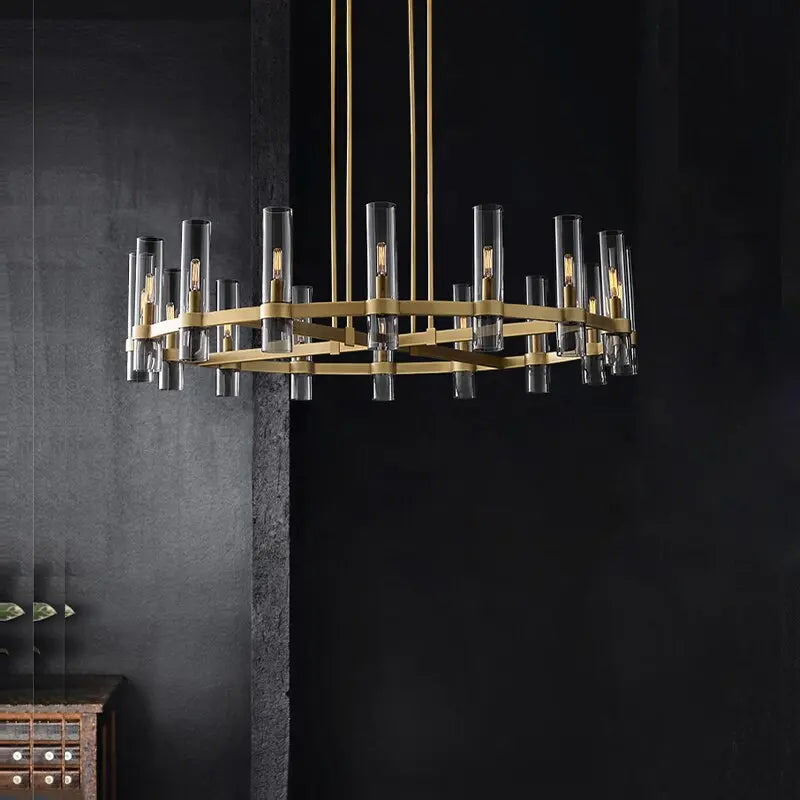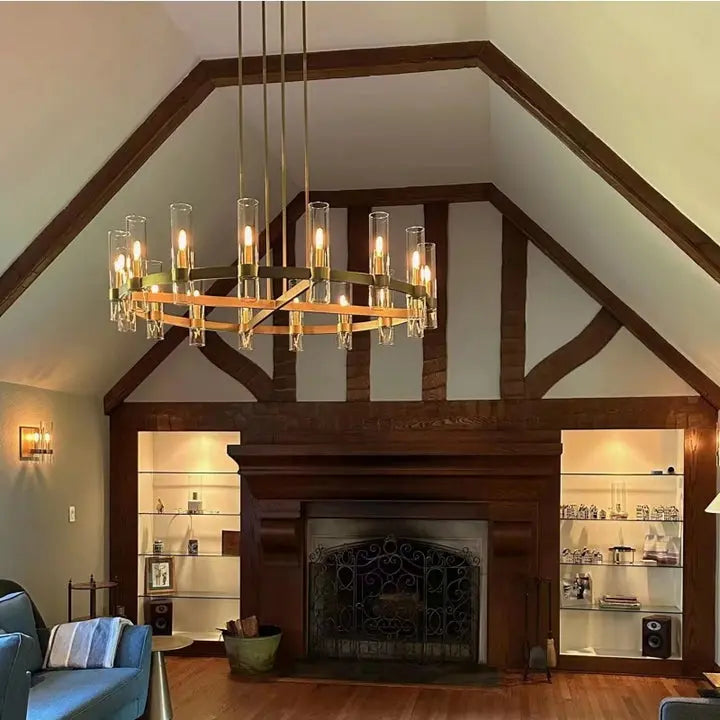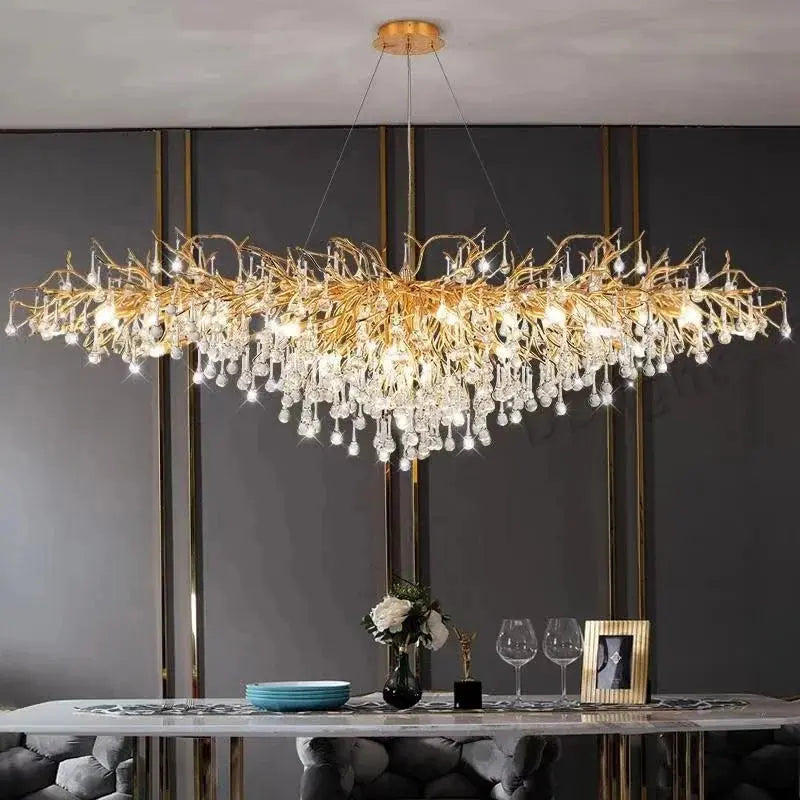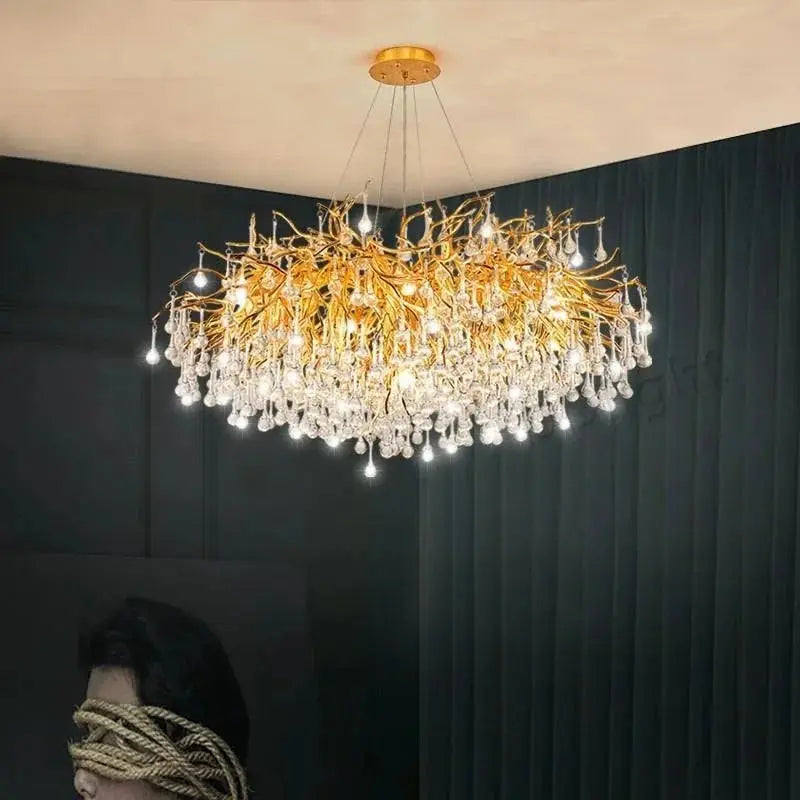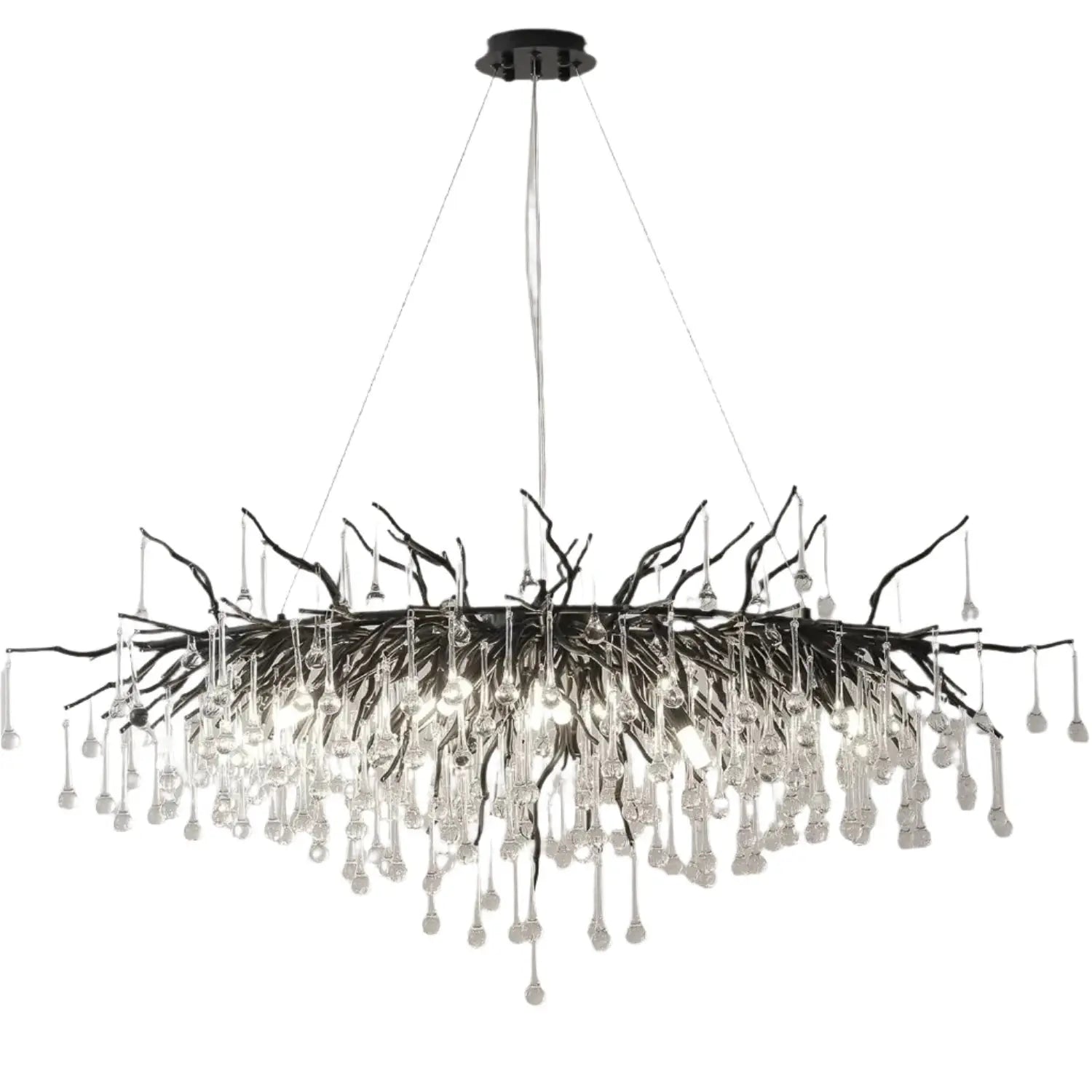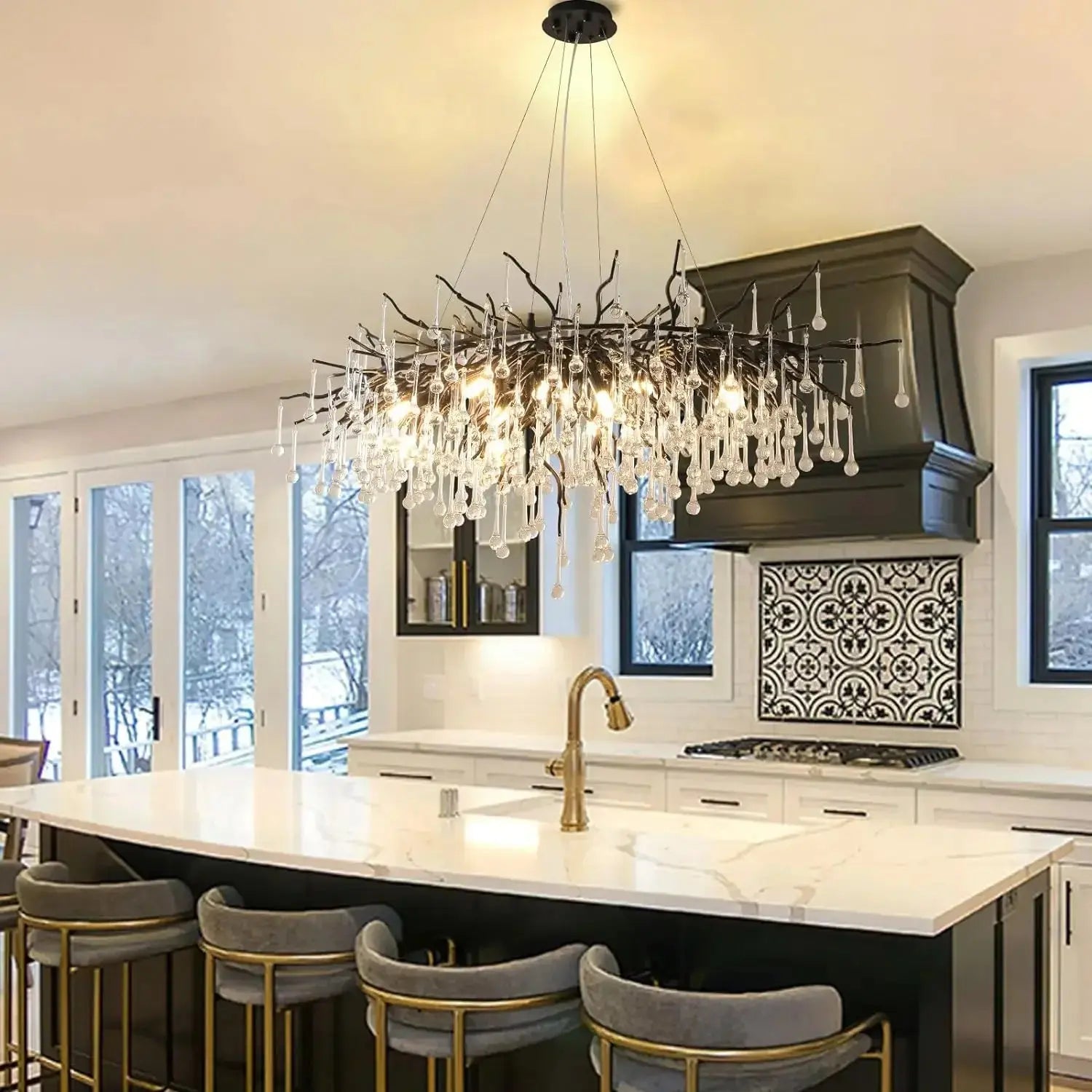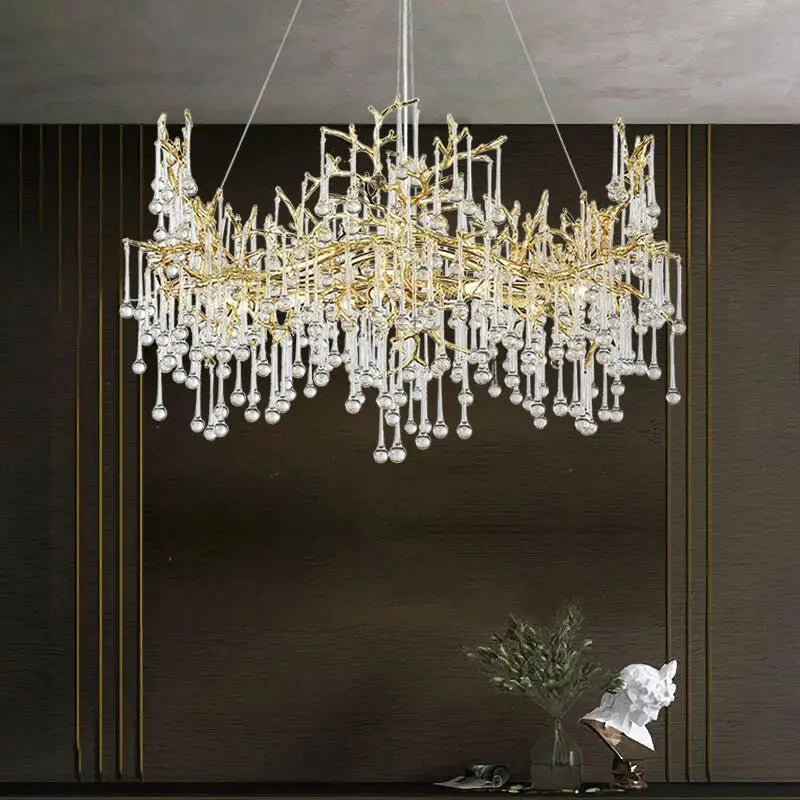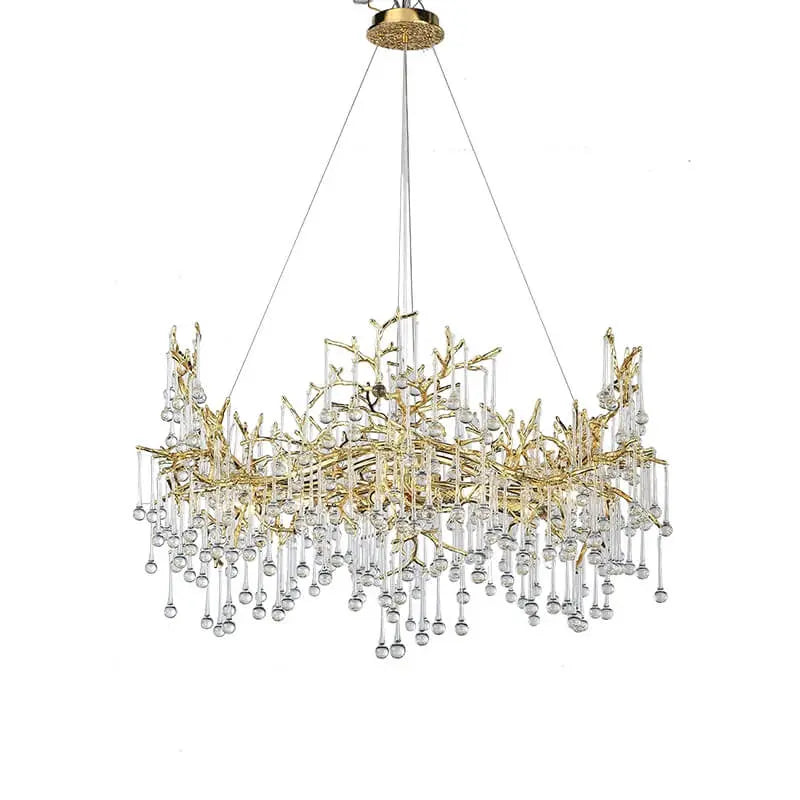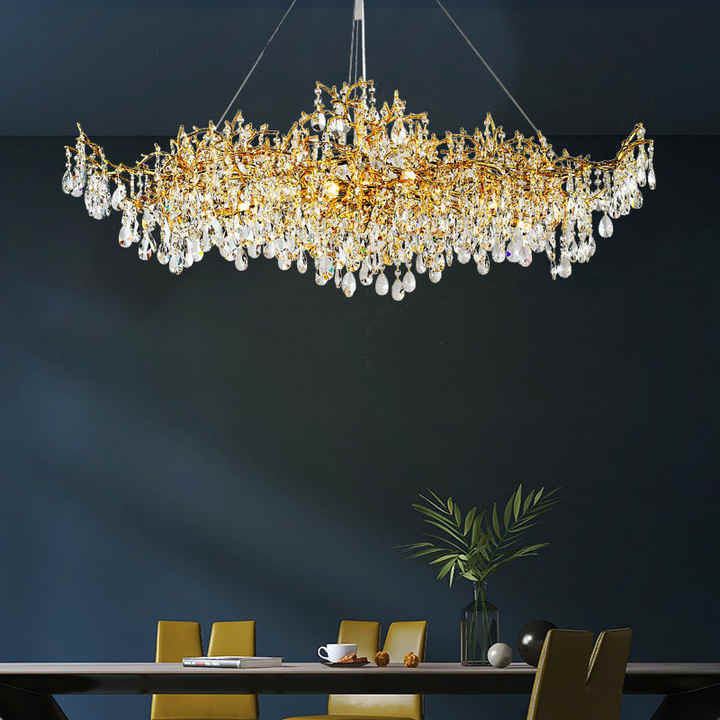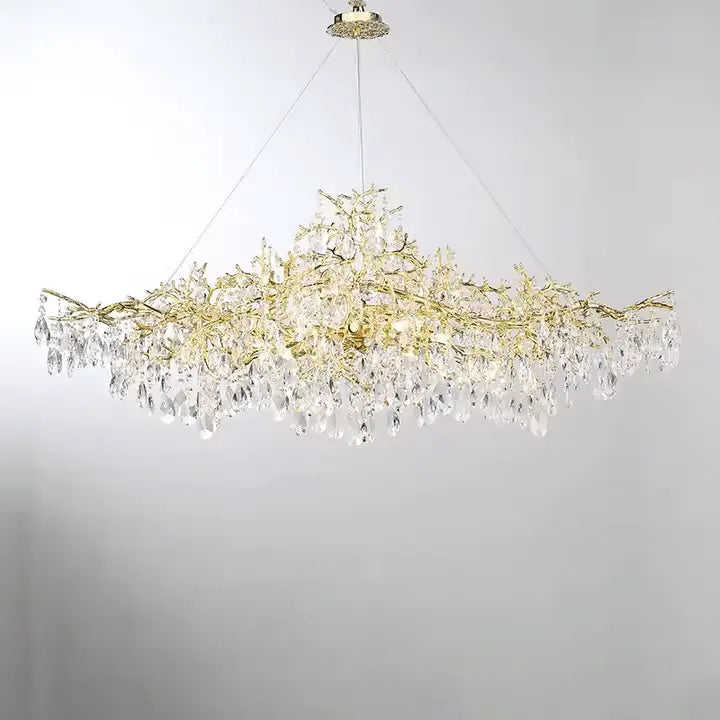Living in a small space can feel challenging, but it doesn’t have to be a design nightmare. With the right small living room ideas, you can make the most of your area while keeping it stylish and functional. Whether you’re looking to change up your furniture layout, add some clever storage, or play with colors, there are plenty of ways to transform your cozy room into a welcoming haven. Let’s explore some creative tips that will help you maximize both space and style in your small living room.
Key Takeaways
- Choose furniture that fits the space without overwhelming it.
- Use multi-functional pieces to save space and add versatility.
- Incorporate room dividers like shelves or curtains for flexible layouts.
- Opt for light colors to make the room feel bigger, but don’t shy away from bold accents.
- Get creative with storage solutions to keep clutter at bay.
Maximize Furniture Pieces
When you're dealing with a small living room, the furniture choices you make are super important. It's all about finding pieces that work hard and don't overwhelm the space. I've seen so many small rooms where the wrong furniture just eats up all the available space, making it feel cramped and uncomfortable. Let's look at some ways to make the most of your furniture.
Choose Right-Sized Furniture
This might seem obvious, but it's worth repeating: scale matters! A huge, overstuffed sofa is going to swallow a small living room whole. Instead, look for furniture that's appropriately sized for the space. Consider the dimensions of your room and measure everything before you buy. I once bought a chair online without measuring, and it was so big I could barely walk around it! Opt for smaller sofas, loveseats, or even armless chairs to maximize seating without sacrificing space.
Incorporate Multi-Functional Items
Multi-functional furniture is a lifesaver in small spaces. Think about a coffee table that doubles as storage, or an ottoman that can be used as extra seating or a footrest. Sofa beds are also great for accommodating guests without needing a separate guest room. I have a friend who uses a trunk as a coffee table; it looks cool and provides tons of storage. Here are some ideas:
- Coffee tables with lift-top storage
- Ottomans with hidden compartments
- Sofa beds or futons
- Benches with built-in shelving
Using furniture that serves more than one purpose is a smart way to save space and keep your living room organized. It's all about being creative and finding pieces that work double duty.
Opt for Open-Frame Designs
Furniture with open frames, like chairs or tables with slender legs, can make a room feel more spacious. The open design allows light to pass through and creates a sense of airiness. Solid, bulky furniture can feel heavy and visually clutter the space. I recently replaced my old coffee table with one that has a glass top and thin metal legs, and it made a huge difference in how open the room feels. Consider these options for an airy feel:
- Glass-top tables
- Chairs with open backs
- Shelving units with minimal framing
Choosing the right furniture is key to making a small living room feel bigger and more functional. By focusing on scale, multi-functionality, and open designs, you can create a space that's both stylish and comfortable. Don't be afraid to experiment and find what works best for your small living room.
Clever Room Divider Use

Use Shelving as Dividers
Shelving units are awesome for dividing a room without completely blocking light or making the space feel smaller. They offer storage and display space while creating a visual barrier. I've seen people use everything from basic IKEA shelves to custom-built units that perfectly fit their space. It's a practical and stylish way to separate areas in a small living room. Plus, you can easily change up what you display on the shelves to refresh the look of your room.
Incorporate Curtains for Flexibility
Curtains are a super flexible way to divide a room. You can easily open them up to create one large space or close them for privacy or to define separate zones. I love using lightweight, airy fabrics to keep the room feeling bright and open, even when the curtains are drawn. Think about using different colors or patterns to add a pop of personality to your space. They're also great for renters since they don't require any permanent changes to the room. You can use extra blankets to create a cozy space.
Utilize Furniture to Define Spaces
Sometimes, you don't need a dedicated divider at all. You can use your existing furniture to create distinct zones in your living room. For example, the back of a sofa can act as a natural barrier between the living area and a dining space. Or, a large armchair can define a reading nook. It's all about strategically placing your furniture to create a sense of separation without making the room feel cramped. This is a great way to hide clutter and maximize the functionality of your small living room.
Using furniture as dividers is a smart way to make the most of a small space. It's all about being intentional with your layout and choosing pieces that serve multiple purposes. This approach can help you create a functional and stylish living room without sacrificing valuable square footage.
Creative Color Choices
Light Colors to Open Up Space
When you're dealing with a small living room, color is your friend, not your enemy. Light colors are fantastic because they reflect light, making the room feel bigger and more airy. Think about it: dark colors absorb light, which can make a small space feel cramped and closed in. Whites, creams, light grays, and pale blues are all great choices. I painted my living room a light gray a few years ago, and it made a huge difference. It instantly felt more open.
Bold Accents for Character
Okay, so you've got your light and airy base. Now what? Time to add some personality! Don't be afraid to use bold accents. A bright-colored throw pillow, a vibrant piece of art, or even a colorful rug can really liven things up. The trick is to use these accents sparingly. You don't want to overwhelm the space, but you do want to add some visual interest. I like to rotate my accent colors with the seasons. In the spring, I might use bright yellows and greens, while in the fall, I switch to oranges and reds. It keeps things fresh and interesting.
Use Color to Create Zones
If you're working with a small, open-concept space, color can be a great way to define different zones. For example, you could paint the wall behind your entertainment center a slightly darker shade than the rest of the room to create a visual separation between the living area and the dining area. Or, you could use a different color rug to define the seating area. This is especially useful if you're trying to create a multi-functional space.
Color zoning is a subtle way to trick the eye into perceiving more space. It's all about creating visual cues that define areas without physically dividing them.
Here's a simple example of how you might use color to define zones:
- Living Area: Light gray walls, blue rug, yellow throw pillows
- Dining Area: Light gray walls, wooden table, green chairs
- Work Area: White walls, black desk, orange accessories
Smart Storage Solutions
Small living rooms often present a storage challenge. But with some creativity, you can maximize every inch of space. It's all about thinking outside the box and finding solutions that are both functional and stylish. Let's explore some smart storage ideas.
Built-In Shelving for Efficiency
Built-in shelving is a fantastic way to maximize vertical space. Instead of bulky furniture that eats up floor area, consider installing shelves that reach the ceiling. This not only provides ample storage but also draws the eye upward, making the room feel taller. You can customize the shelving to fit your specific needs, whether it's for books, decor, or even media equipment. A well-designed media center can be a game-changer in a small living room.
Under-Furniture Storage Options
Don't let the space under your furniture go to waste! Ottomans with lift-up lids, coffee tables with drawers, and sofas with hidden compartments are all excellent choices. These pieces provide storage without taking up additional floor space. You can store blankets, pillows, books, or anything else you want to keep out of sight. It's a simple way to declutter and keep your living room organized. I found a great console table that fits perfectly behind my sofa, providing extra storage for books and magazines.
Decorative Baskets and Boxes
Decorative baskets and boxes are not only functional but also add a touch of style to your living room. Use them to store smaller items like remote controls, magazines, or toys. Place them on shelves, under tables, or even on the floor. Choose baskets and boxes that complement your decor to create a cohesive look. Willow hanging baskets are an attractive way to solve the storage problem. Ideal for storing anything from toys to towels, they can be hung on walls or from the ceiling to save floor space.
I once used old wooden crates as storage boxes. I painted them to match my living room's color scheme and stacked them against the wall. They looked great and provided plenty of storage for my books and records.
Here's a quick guide to choosing the right storage baskets:
- Material: Consider the overall aesthetic of your living room. Wicker baskets offer a rustic feel, while metal baskets provide a more modern look.
- Size: Choose baskets that fit your storage needs. Smaller baskets are great for organizing small items, while larger baskets can hold blankets or toys.
- Style: Select baskets that complement your decor. Look for baskets with interesting patterns or textures to add visual interest.
Layering Textures and Patterns
Mix Fabrics for Depth
Don't be afraid to play around with different fabrics! Think about how a chunky knit throw looks against a smooth velvet cushion. Or maybe a linen sofa paired with some silk pillows. It's all about creating contrast and visual interest. Mixing textures keeps things from feeling flat and boring. I recently tried this by adding a faux fur rug to my living room, and it instantly made the space feel cozier and more inviting. It's a simple change, but it makes a big difference.
Use Area Rugs to Define Areas
Area rugs are your best friend in a small living room. They can visually separate different zones, like a reading nook from a TV area. Plus, they add another layer of texture and pattern to the space. Consider the size and shape of your rug carefully. A rug that's too small can make the room feel smaller, while a rug that's too big can overwhelm the space. I like to leave about 12-18 inches of bare floor around the perimeter of the room.
Incorporate Wall Art for Interest
Wall art is a great way to add personality and visual interest to your living room. Don't just stick to paintings or prints. Think about tapestries, woven wall hangings, or even a gallery wall of framed photos. The key is to choose pieces that reflect your style and complement the other textures and patterns in the room. I've found that a large piece of art can really anchor a space and make it feel more complete. You can find great small bathroom design ideas online.
Layering textures and patterns is all about creating a space that feels both visually appealing and comfortable. It's about finding the right balance between different elements to create a cohesive and inviting atmosphere. Don't be afraid to experiment and try new things until you find what works best for you.
Lighting to Enhance Space
Use Mirrors to Reflect Light
Mirrors are great for making a room feel bigger and brighter. Placing a large mirror opposite a window can double the amount of natural light in the space. It's like adding another window without the construction! Even smaller mirrors strategically placed can bounce light around, reaching those dark corners.
Layered Lighting for Ambiance
Don't just rely on one overhead light. Layering different types of lighting creates a much more inviting and functional space. Think about it like this:
- Ambient Lighting: Provides overall illumination (e.g., ceiling fixtures).
- Task Lighting: Focused light for specific activities (e.g., reading lamps).
- Accent Lighting: Highlights specific features (e.g., wall sconces).
Layering lighting is key to making a small living room feel elevated. Combining ambient lighting, task lighting, and accent lighting can enhance the room's depth and dimension. This approach not only ensures practical lighting for various activities but also adds layers of warmth and luxury to the space.
Choose Slim Profile Fixtures
Bulky lamps and fixtures can take up valuable space in a small living room. Opt for installing a few sconces or other slim-profile options that provide ample light without overwhelming the area. Consider these options:
- Wall Sconces: Free up floor space and add a touch of elegance.
- Pendant Lights: Hang from the ceiling and provide focused light without taking up surface area.
- Track Lighting: Adjustable and versatile, perfect for highlighting different areas of the room.
Also, remember to keep on top of cleaning windows, this will lighten and brighten up the room beyond. Soft light works best to create a cosy and warm atmosphere within any room, so why not lean into the cosy look and feel and further enhance it with the right living room lighting ideas?
Personalized Decor Elements

It's easy to fall into the trap of copying what you see in magazines, but your living room should feel like you. It's about creating a space that tells your story and reflects your personality. Don't be afraid to break the rules and mix things up!
Incorporate Personal Artifacts
Think beyond generic store-bought items. Displaying things that have meaning to you instantly makes a room feel more personal. It could be anything from travel souvenirs to family heirlooms. The key is to arrange them in a way that feels intentional, not cluttered. Maybe create a gallery wall with photos or display a collection of vintage cameras on a shelf. These items spark conversation and add character.
Use Plants for a Lively Touch
Plants bring life and color to any space. They also help purify the air, which is a bonus! You don't need a green thumb to incorporate plants. Start with low-maintenance options like succulents or snake plants. Consider the amount of natural light your living room gets when choosing plants. A fiddle-leaf fig can make a statement, while smaller plants can be grouped together on a windowsill or shelf. Don't be afraid to experiment with different pots and planters to add even more personality. Consider using indoor plants to add a natural touch.
Mix Vintage and Modern Styles
Combining old and new creates an interesting and unique look. It prevents your living room from feeling too sterile or dated. Maybe pair a vintage rug with a modern sofa or display antique candlesticks on a contemporary coffee table. The contrast between the styles adds depth and visual interest. It's a great way to showcase your personality and create a space that feels both timeless and current. I love finding vintage furniture at flea markets and antique stores.
Your living room should be a reflection of who you are. Don't be afraid to experiment and create a space that you love. It's about making it your own, not following trends blindly.
Wrapping It Up
So there you have it! Small living rooms can be a bit tricky, but with the right ideas, you can really make the most of your space. Remember, it’s all about being smart with your furniture choices and adding personal touches that reflect your style. Whether you go for multifunctional pieces, clever storage solutions, or just a splash of color, every little detail counts. Don’t let the size of your room hold you back from creating a cozy and stylish space. Get creative, have fun, and make that small living room work for you!
Frequently Asked Questions
How can I make my small living room feel bigger?
To make a small living room feel larger, use light colors on the walls and choose furniture that doesn’t take up too much space. Also, try to keep the room tidy and avoid clutter.
What type of furniture is best for a small living room?
The best furniture for a small living room is smaller, scaled-down pieces that fit well in the space. Look for furniture that can serve more than one purpose, like a sofa bed or an ottoman with storage.
How can I divide my small living room into different areas?
You can divide your small living room by using shelves, curtains, or strategically placing furniture. This helps create separate zones for different activities.
What colors should I use in a small living room?
Light colors like soft whites, pastels, or light grays can help make a small room feel more open. You can add bold colors as accents to give your space character.
What are some smart storage ideas for small living rooms?
Consider built-in shelves, storage ottomans, or using the space under your furniture for storage. Decorative baskets can also keep things organized while looking nice.
How can I add style to my small living room?
You can add style by mixing different textures and patterns, using interesting decor items, and incorporating personal touches like photos or artwork.


